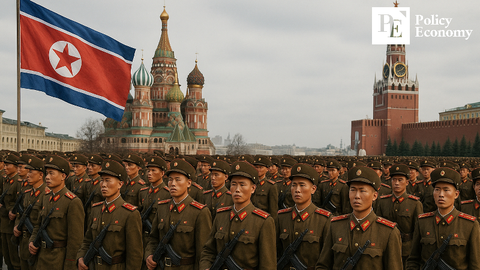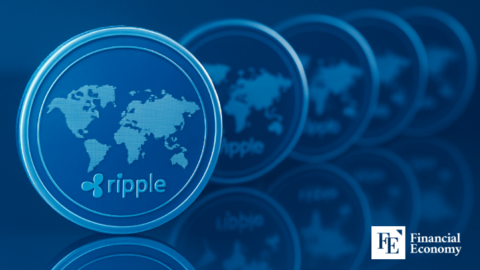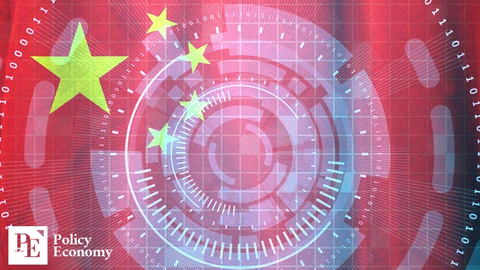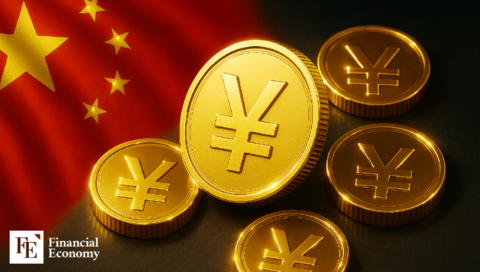European Defense Industry Takes Aim at Southeast Asian Market as 'Big Game' Unfolds Amid China Containment Efforts
Input
Changed
Clear Limitations in Europe’s Rearmament Strategy Southeast Asian Exports Emerge as Strategic Breakthrough Technology Becomes Key Competitive Edge—South Korea Joins the Race
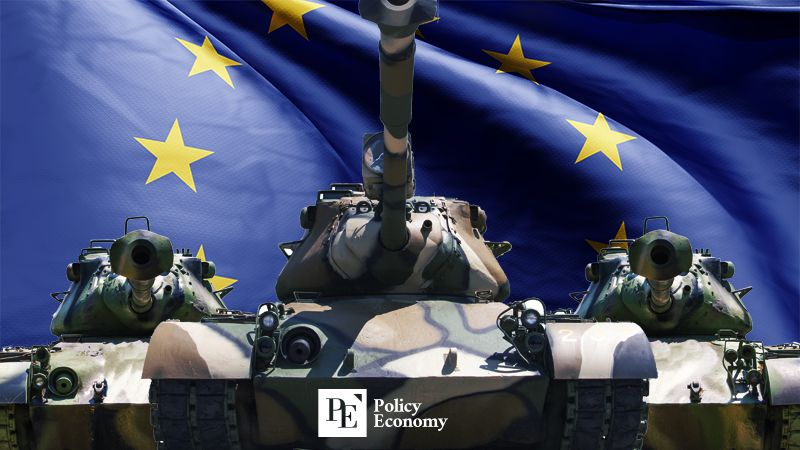
As global power dynamics shift and tensions simmer between the United States and China, the stage is set for a new kind of strategic competition—one not waged through traditional military standoffs, but through defense exports, regional partnerships, and influence-building in Southeast Asia. Once viewed primarily as a passive recipient of great power interests, the region has now emerged as an active marketplace for advanced military technology, naval modernization, and defense alliances.
European defense firms, grappling with internal structural limits and the challenges of rearmament at home, are turning outward with increasing urgency. They are seeking new opportunities in the Indo-Pacific, a region defined today by rising demand, growing geopolitical risk, and the desire among local governments to diversify their security relationships beyond traditional ties with the U.S. and China. Korea, too, has sensed this strategic opening, with its defense companies making swift moves to enter the fray.
Rearmament Challenges at Home Fuel European Expansion
Europe’s strategic pivot toward Southeast Asia is being driven by a mix of ambition and necessity. One of the most visible moves in this direction comes from Italy’s Fincantieri, the country’s largest shipbuilder. The firm plans to deliver two 6,000-ton PPA (Pattugliatore Polivalente d’Altura) multi-purpose frigates to Indonesia before the end of the year. Indonesian naval personnel are already undergoing training to operate these state-of-the-art vessels, which are scheduled for delivery in June and December.
The arrival of the PPA frigates is expected to make Indonesia the regional leader in naval capabilities, and Fincantieri anticipates this milestone will trigger increased demand for advanced warships in neighboring countries. This is not just an isolated transaction but part of a broader strategic campaign by European firms to expand their foothold in Southeast Asia.
Indeed, other major European players have joined the push. Leonardo, Airbus, Dassault, and Thales are actively lobbying for defense contracts across the region. Many eyes are now on French President Emmanuel Macron’s upcoming tour of Southeast Asia, which is expected to further energize these efforts. For Leonardo, the expansion is already well underway. After formalizing the sale of a customized PPA combat system for Indonesia in 2023, the company recently opened a regional office in Vietnam, signaling long-term commitment.
This aggressive outreach is partly rooted in the stagnation of the European defense market. While the Russian invasion of Ukraine has reinvigorated discussions around national defense and NATO-wide rearmament, actual implementation remains bogged down by financial constraints and regulatory bottlenecks. In this context, exports to emerging defense markets offer a faster, more scalable path to growth. Additionally, with the U.S. signaling reductions in its overseas defense footprint, especially in Asia, the pressure has intensified for European firms—historically reliant on transatlantic security alignments—to secure new markets before American support wanes further.
Southeast Asia Emerges as Strategic Battleground
Southeast Asia’s strategic allure lies not only in its location and economic potential but in the security vacuum left by shifting global alliances. Caught between China’s assertiveness and America’s slow strategic drawdown, nations in the region are increasingly seeking diversified defense partnerships—and European defense firms are ready to meet that demand.
Although current military procurement volumes in Southeast Asia may not match those of larger global powers, they offer a valuable foothold for long-term engagement. Industry experts note that the defense sector is not about one-time deals but ongoing relationships grounded in technology transfer, maintenance support, and local capacity-building. European suppliers, by offering flexible, partnership-oriented solutions, are aligning themselves with the region’s evolving needs.
At the center of this opportunity is the South China Sea, a flashpoint for territorial disputes and regional insecurity. China's expansive claims—covering 90% of the sea—have intensified confrontations with countries such as the Philippines, Vietnam, and Malaysia. These tensions are leading many Southeast Asian governments to rethink their reliance on Chinese military imports, opening the door to new, trusted suppliers.
Moreover, as the United States pivots toward an indirect containment strategy, focusing on empowering allies rather than direct military intervention, European companies are stepping in with attractive alternatives. Firms from France, Italy, and Germany are competing fiercely, not just on price or capability, but by offering custom-tailored packages that include technology transfers, local assembly, and long-term support agreements. The once-dominant perception that "U.S. weapons are the most technologically advanced" and "Chinese systems are the most affordable" is quickly eroding as European players close the gap in both areas.
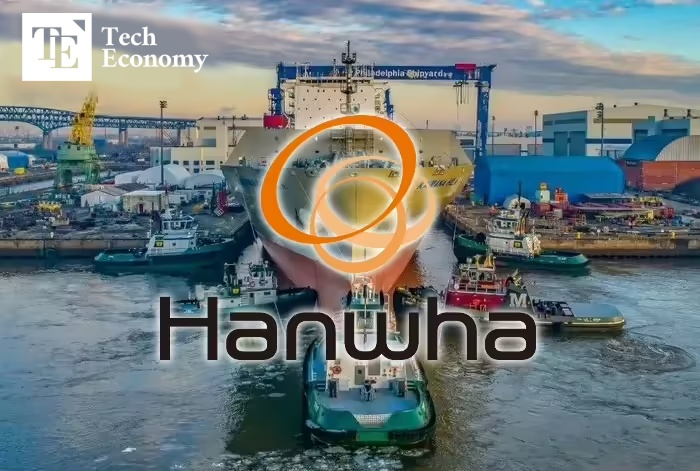
South Korea Joins the Race with Submarine Deals and Strategic Bases
South Korea, already a rising power in global arms exports, has also recognized the strategic significance of Southeast Asia. Korean defense firms are stepping forward to compete head-to-head with Western manufacturers. In the second half of 2023, Hanwha Ocean made a notable appearance at a defense exhibition in Bangkok, where it engaged with Philippine defense officials to discuss a submarine acquisition program.
These talks bore fruit in 2024 when Hanwha formally secured approximately USD 2.2 billion submarine deal with the Philippine Department of National Defense. The Philippines responded proactively, with Deputy Defense Minister Irineo Espino visiting Hanwha Ocean’s Geoje Shipyard to inspect its capabilities in submarine construction and maintenance. The move signaled not only interest but a strong government-to-government confidence-building step, reinforcing the company’s position as a trusted supplier.
HD Hyundai Heavy Industries was even more proactive. It had begun engaging with the Philippine Navy as early as 2016 under the country's “Horizon Program”, which aimed to modernize naval forces. Initially focused on acquiring six frigates and twelve patrol vessels, the program was updated in 2024 to include two submarines. Between 2016 and 2022, Hyundai won contracts for ten ships—including two frigates, two patrol vessels, and six offshore patrol vessels—with the two frigates already delivered.
In March 2025, Hyundai took its Southeast Asian ambitions a step further by opening a new regional office in Manila, which will serve as a technical base for special-purpose vessels. The decision reflects not just commercial interest but a strategic investment in the region’s defense infrastructure. As conflict risks rise in the South China Sea, this office will help Hyundai solidify its presence and provide on-the-ground support to client navies.
This momentum aligns with regional trends. According to data from British defense intelligence firm Janes, maritime defense spending in Southeast Asia—particularly around the South China Sea—is projected to rise from USD 8 billion in 2023 to USD 10 billion by 2030. Both European and Korean firms are keen to secure as much of that market as possible before it matures and consolidates.


